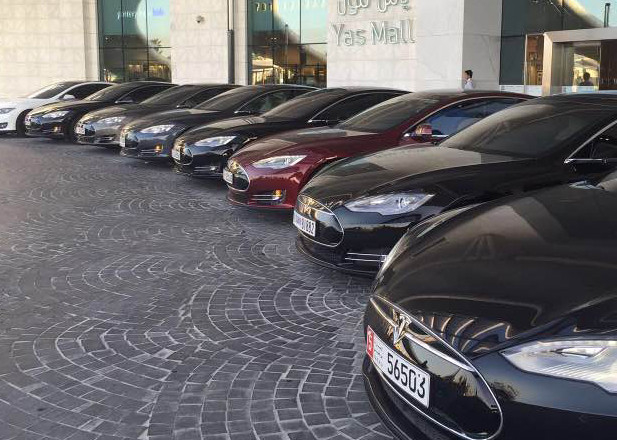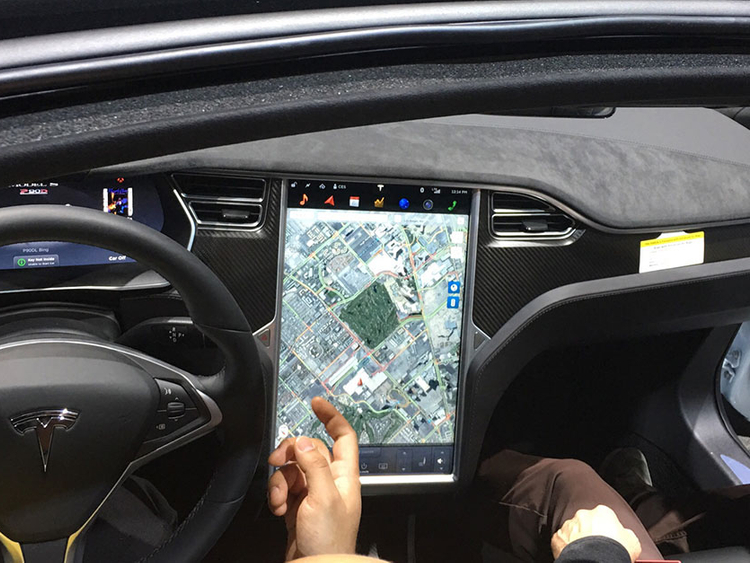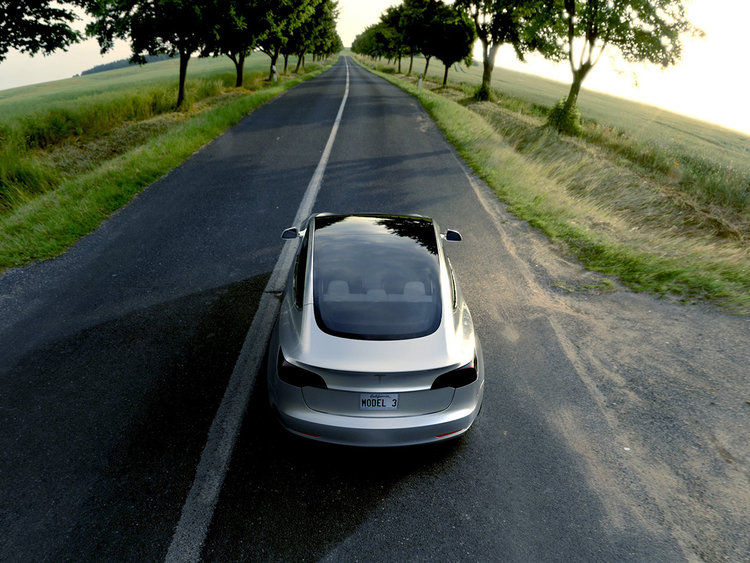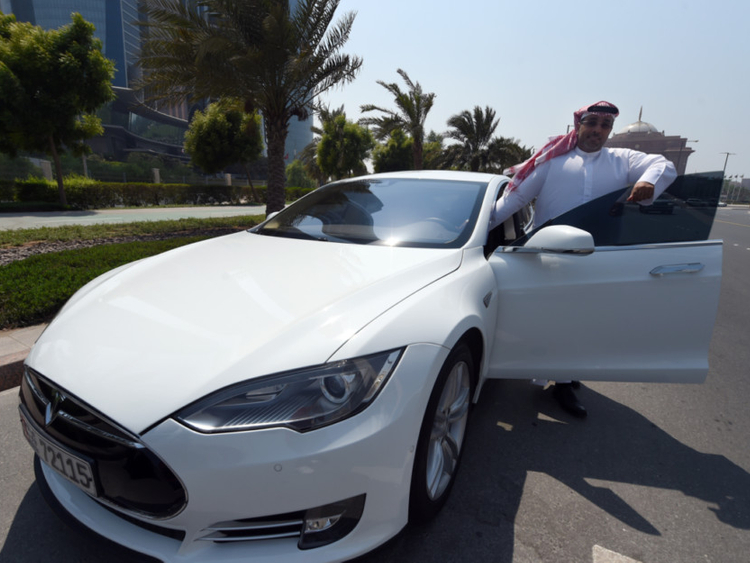Tesla reiterated that the mass-market Model 3 sedan was on track for deliveries in the second half of 2017. The Model 3 has a starting price of $35,000, about half the price of the current Model S sedan.
In the short term, Musk said sales of a new 100 kilowatt-hour version of the Model S, which starts at $134,500 and can travel 315 miles (507 km) on a charge, will be key to profitability.
Tesla said it planned capital spending of $1.8 billion for the year, with just over $1 billion of those outlays coming in the fourth quarter. However, that new total capital spending forecast for this year is about 20 percent lower than the automaker's previous forecast of $2.25 billion.
Tesla's results were lifted by $139 million in sales of California zero emission vehicle credits. Rival automakers can buy the credits rather than sell electric cars of their own. That was comparable to what the company booked from sales of so-called ZEV credits for all of 2014, said Cowen analyst Jeffrey Osborne.
"Certainly what drove the upside on profit is the $139 million of those zero emission credits which is a near 100 percent profit business," said Osborne.
Tesla said it had $3.08 billion in cash and cash-equivalents as of September 30, compared with $3.25 billion at the end of the second quarter.
SolarCity
Tesla's planned acquisition of SolarCity will be neutral, or a cash contributor to fourth-quarter Tesla results in "a small way," Musk said.
The automaker's shares initially rose 6.2 percent in after-hours trade but gave back some of those gains and were trading at about $211 a share, up 4 percent from the closing price of $202.24.
Tesla recorded net income of $21.9 million, or 14 cents per share, for the third quarter ended Sept. 30, marking the first positive earnings since the first quarter of 2013.
That compared with a loss of $229.9 million, or $1.78 per share, a year earlier. Total revenue more than doubled to $2.30 billion.
SolarCity shares rose 3 percent in after-hours trade after closing at $19.99.
















